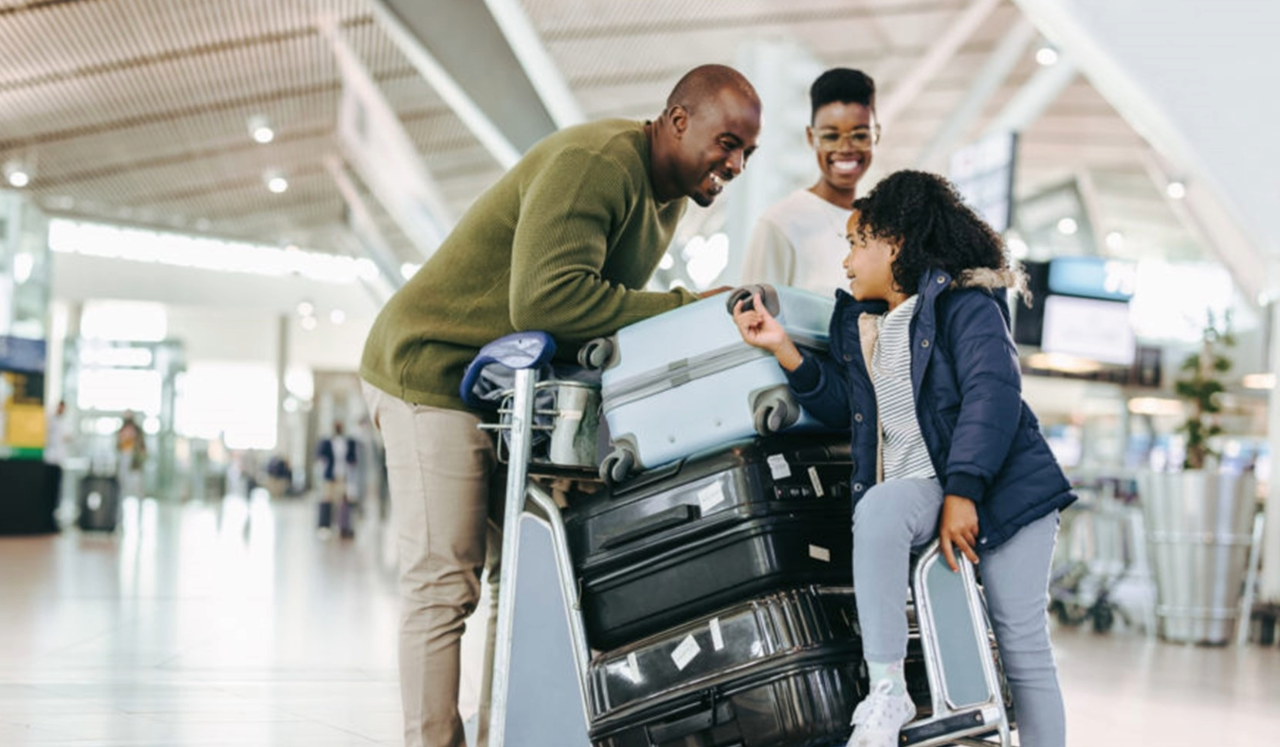With more people traveling these days, it means higher ticket prices, crowded flights and travel delays. This increase in travel could also put more people at risk for a serious medical condition: deep vein thrombosis (DVT), which can develop when people travel long distances and remain stationary for too long.
DVT occurs when a blood clot forms in a deep vein, usually the lower leg or thigh, though it can occur in the arm or pelvis as well. Symptoms can include pain and swelling, typically in the calf, though sometimes there are no symptoms. The most serious complication is pulmonary embolism, which can happen when a clot breaks loose and travels to the lungs, where it can block the flow of blood. An estimated 900,000 Americans are affected by DVT or pulmonary embolism each year, and up to 100,000 die from the condition, according to the U.S. Centers for Disease Control and Prevention.
But there are steps travelers can take to lower their risk — including literal steps. Dr. Stuart Harlin, an associate professor of vascular surgery at UTHealth Houston Heart & Vascular and a vascular surgeon affiliated with Memorial Hermann, shares some things you can doto help prevent DVT while traveling.
Get up and move.
Wherever you are, whenever you can, get up and walk around a little bit. If you’re driving a long distance, stop every hour or two so you can get out of the car and move around. For longer airplane rides, what we recommend is that you get up and walk before you get on the plane. Don’t sit at the gate for an hour waiting to board. Wander around the concourse. While you’re on the flight, get up when you can and walk up and down the aisle. You can also do calf raises and stretch your legs.
Stay hydrated.
It’s really easy to get dehydrated on a plane, because the air is so dry, and the air pressure is lower. And dehydration can reduce blood flow, so make sure to drink plenty of water.
Take preventive measures based on your risk.
For very long plane rides, consider knee-high compression socks. Even if you’re young and healthy, you can still develop DVT. And there’s no downside to wearing the socks. For people who are truly high-risk who are going on long flights, we’ve recently started recommending prophylactic shots of an anticoagulant. A single shot will give you 24 hours of protection. If you have any kind of elevated risk, it’s a good option to consider. Since about 25% of pulmonary embolism presents as immediate fatality, it’s worth it to prevent those.
See a doctor if you have symptoms.
For DVT, the initial symptoms are typically leg swelling and leg pain — a cramping kind of pain. It can be easy to dismiss; you might think it’s a pulled muscle. But it’s a warning sign, and it might be the only one you get. If you’re not certain, it’s so easy to get it checked. It’s just an ultrasound — there’s no contrast, there’s no radiation. The only risk is a false positive or a false negative, which are very uncommon. Not getting checked gives you no way to treat it if you have it, and this is a treatable condition. The interventions we have are very successful.
Keep moving.
Risk factors for DVT are mainly being sedentary and overweight, although pregnancy and hormone use can make you more likely to develop clots. Family history and genetics can also put you at a higher risk. In the long term, the best thing you can do to prevent clots is just be active. You don’t have to be a triathlete. If you work at a desk, get up every hour and walk around your desk. Little things make a big difference.

